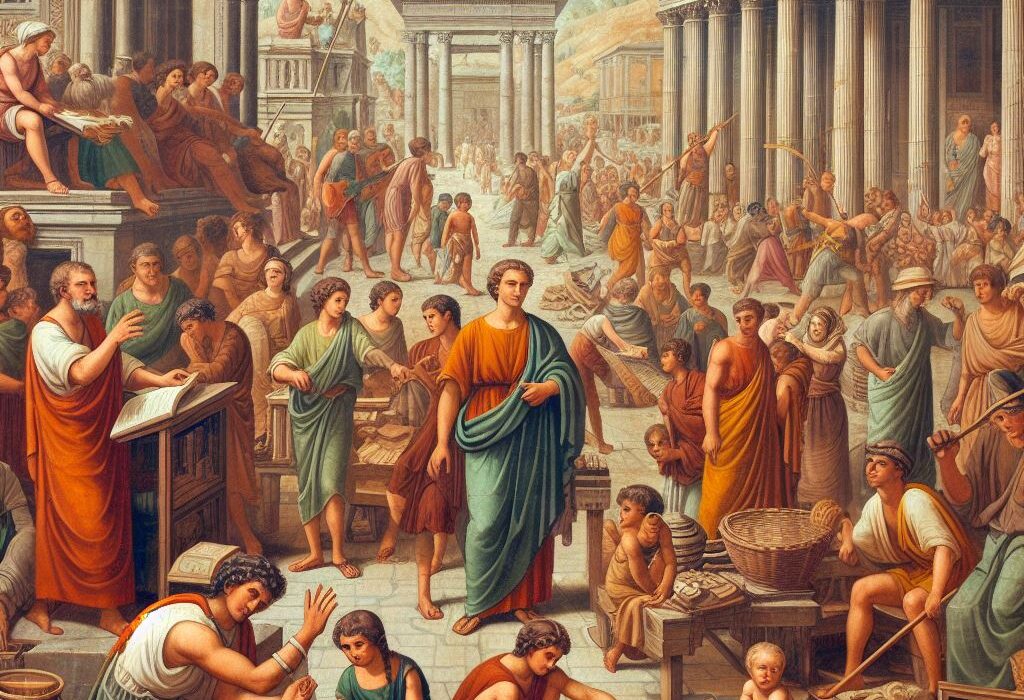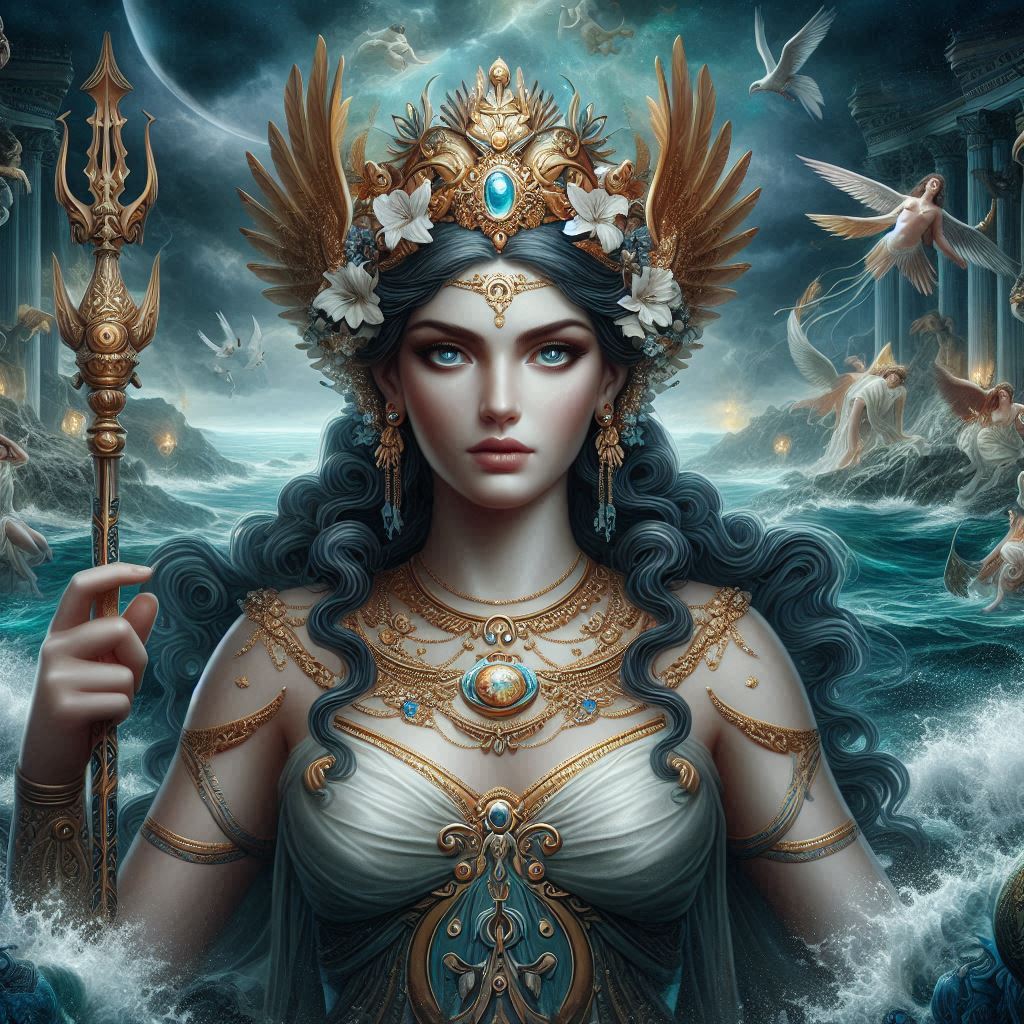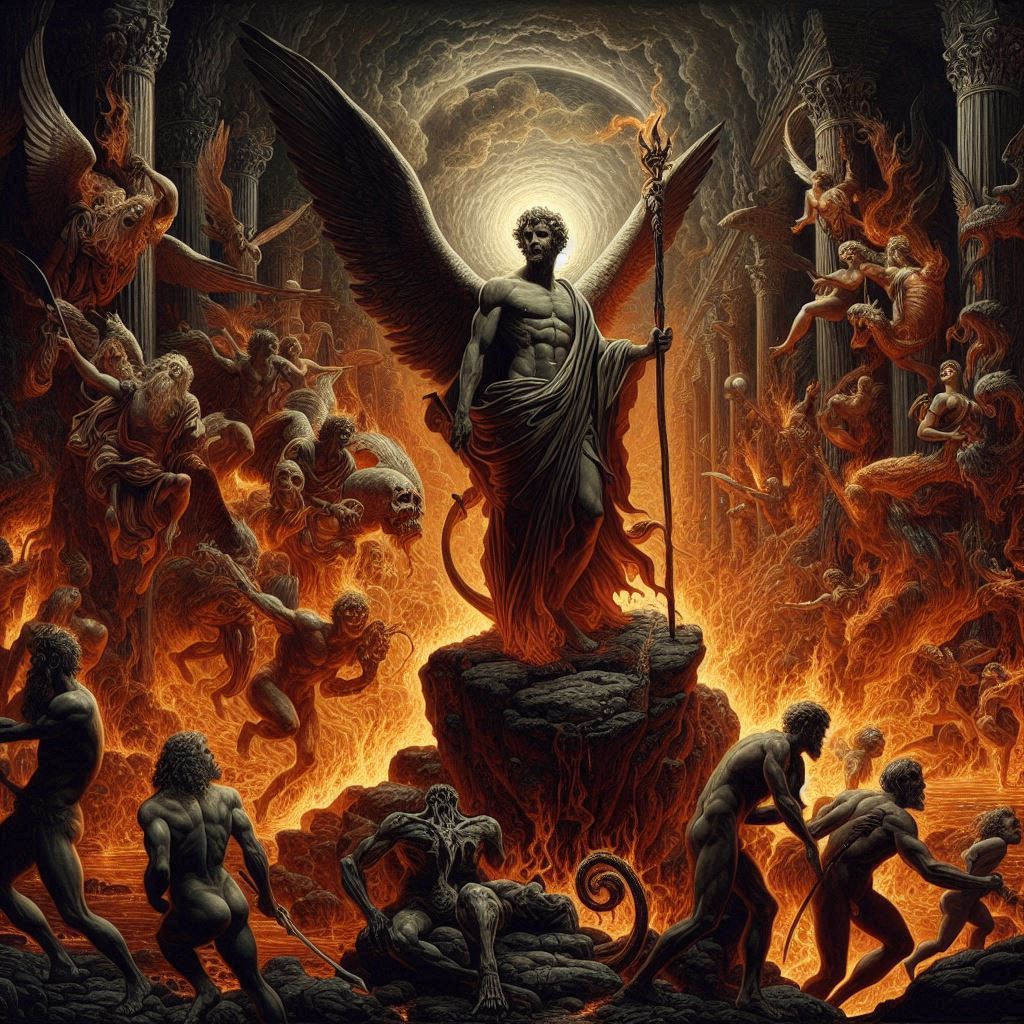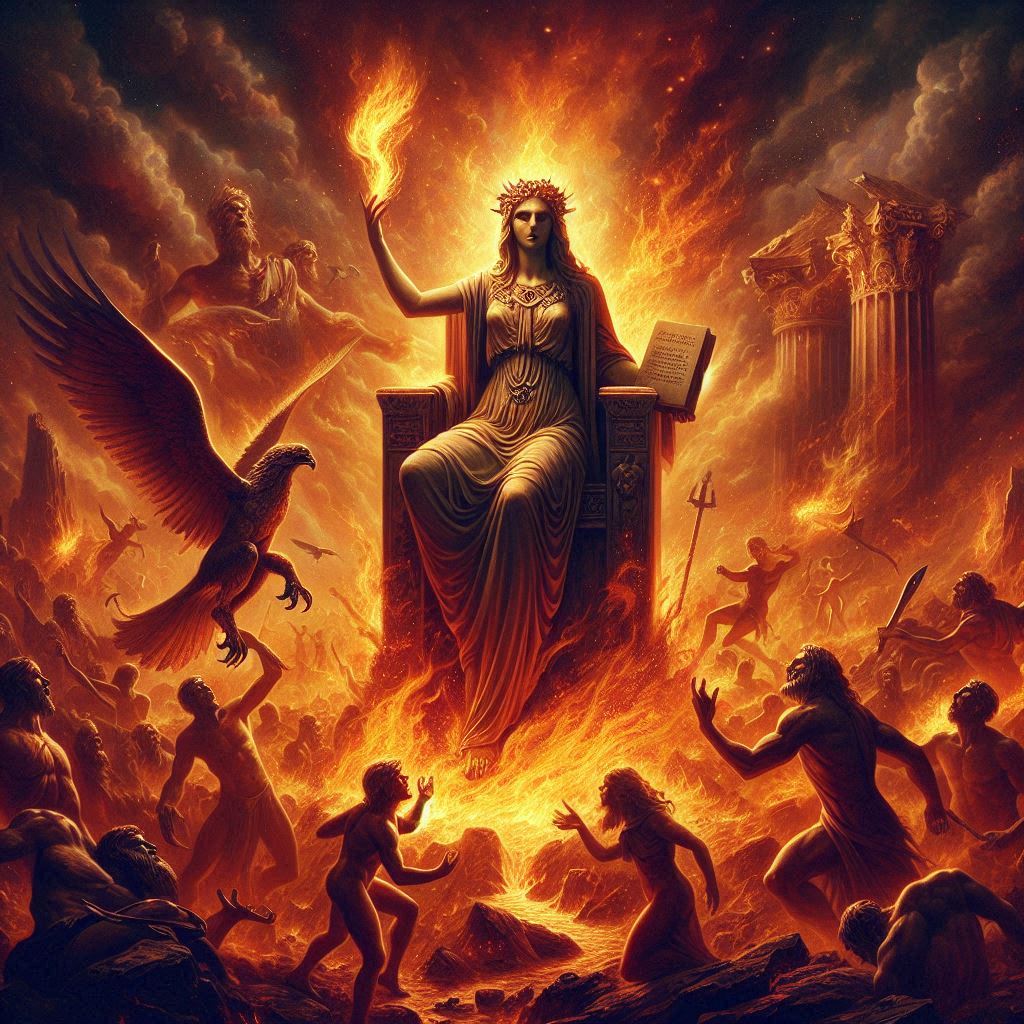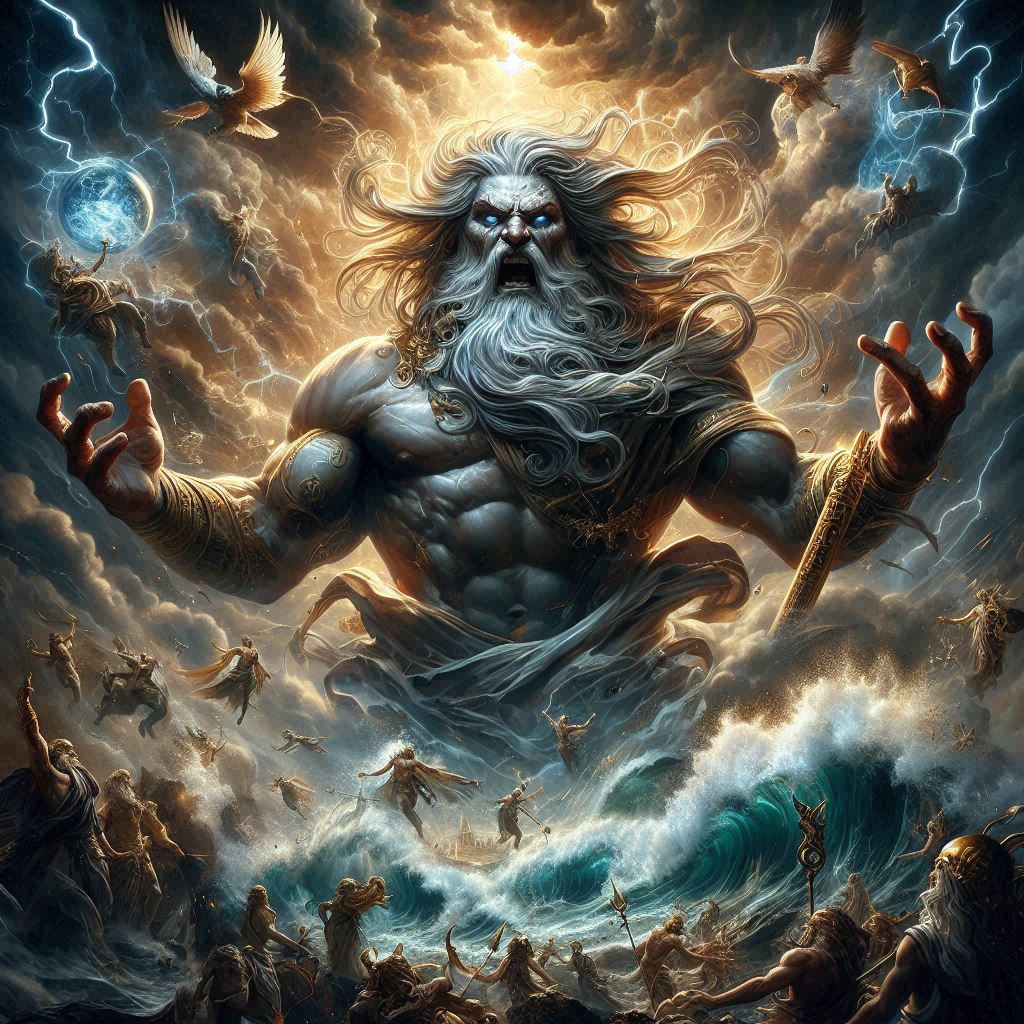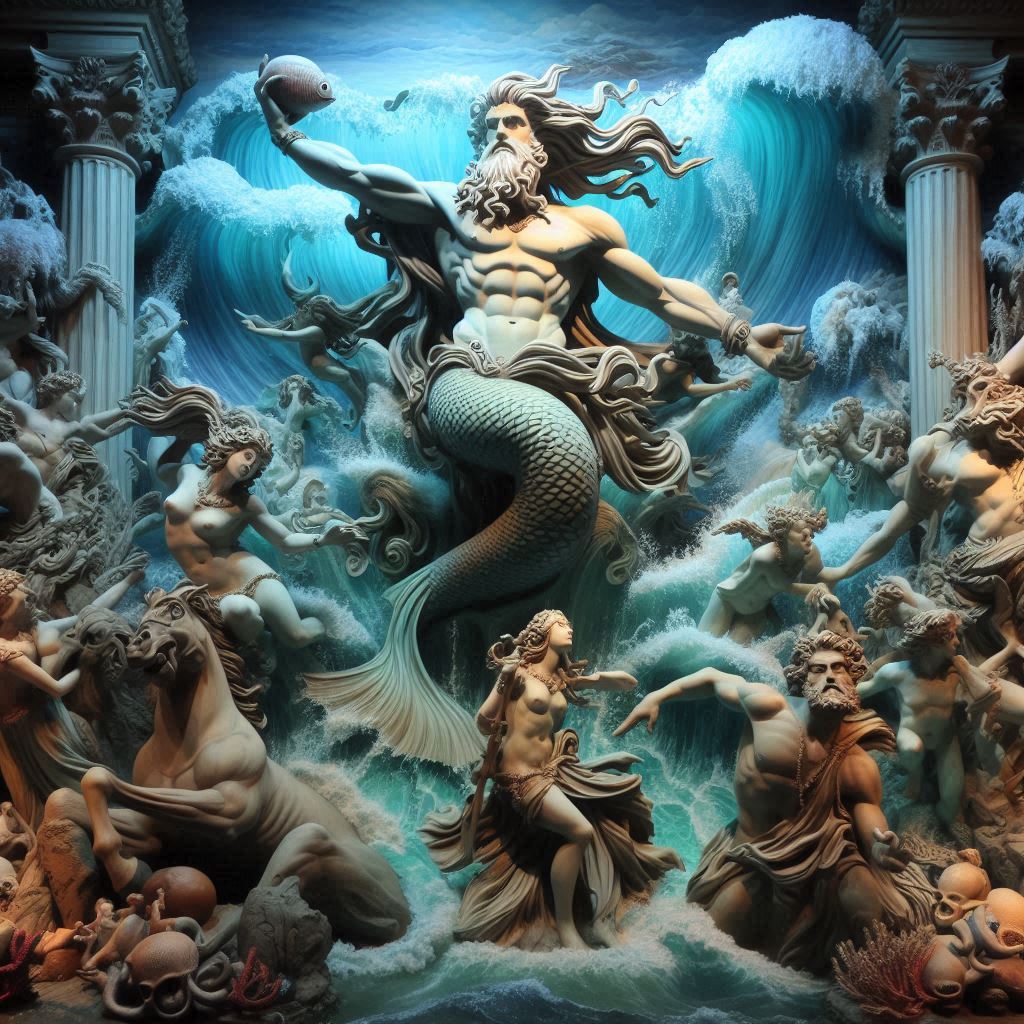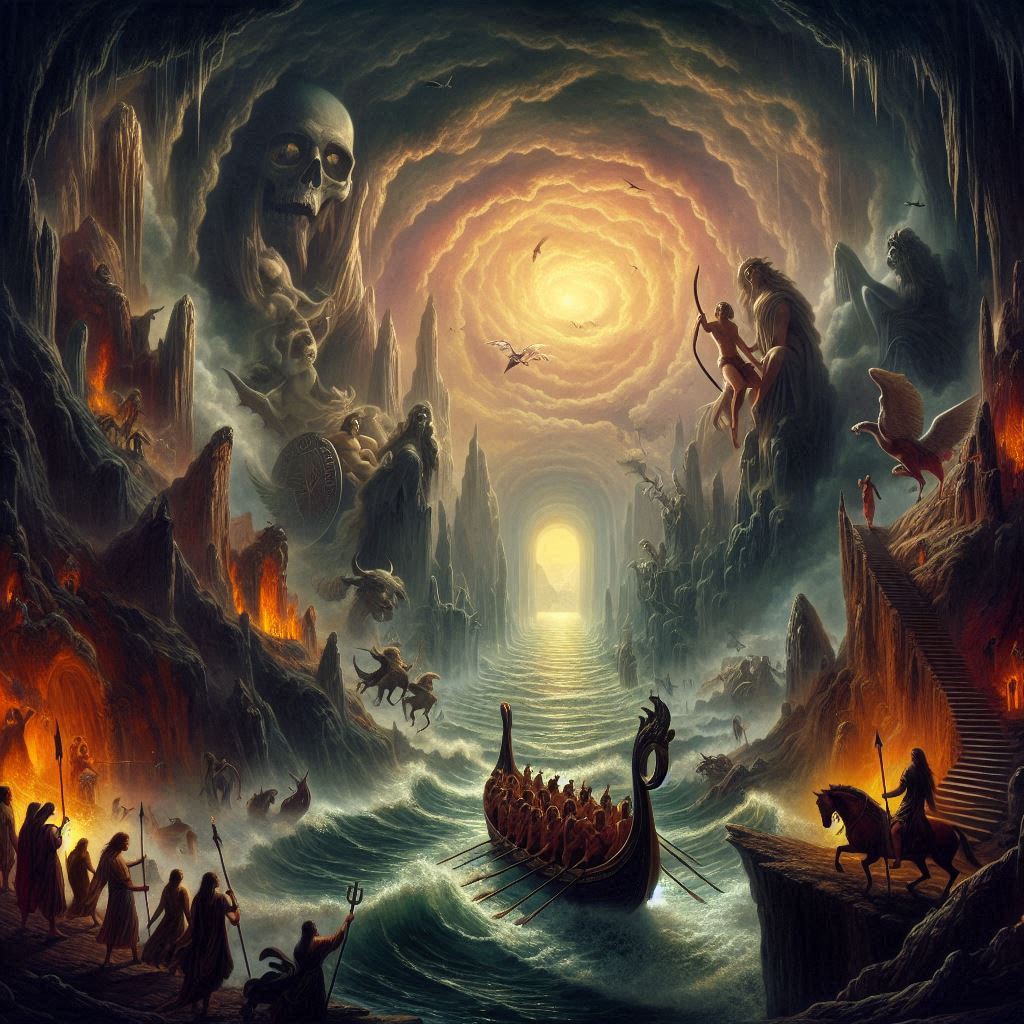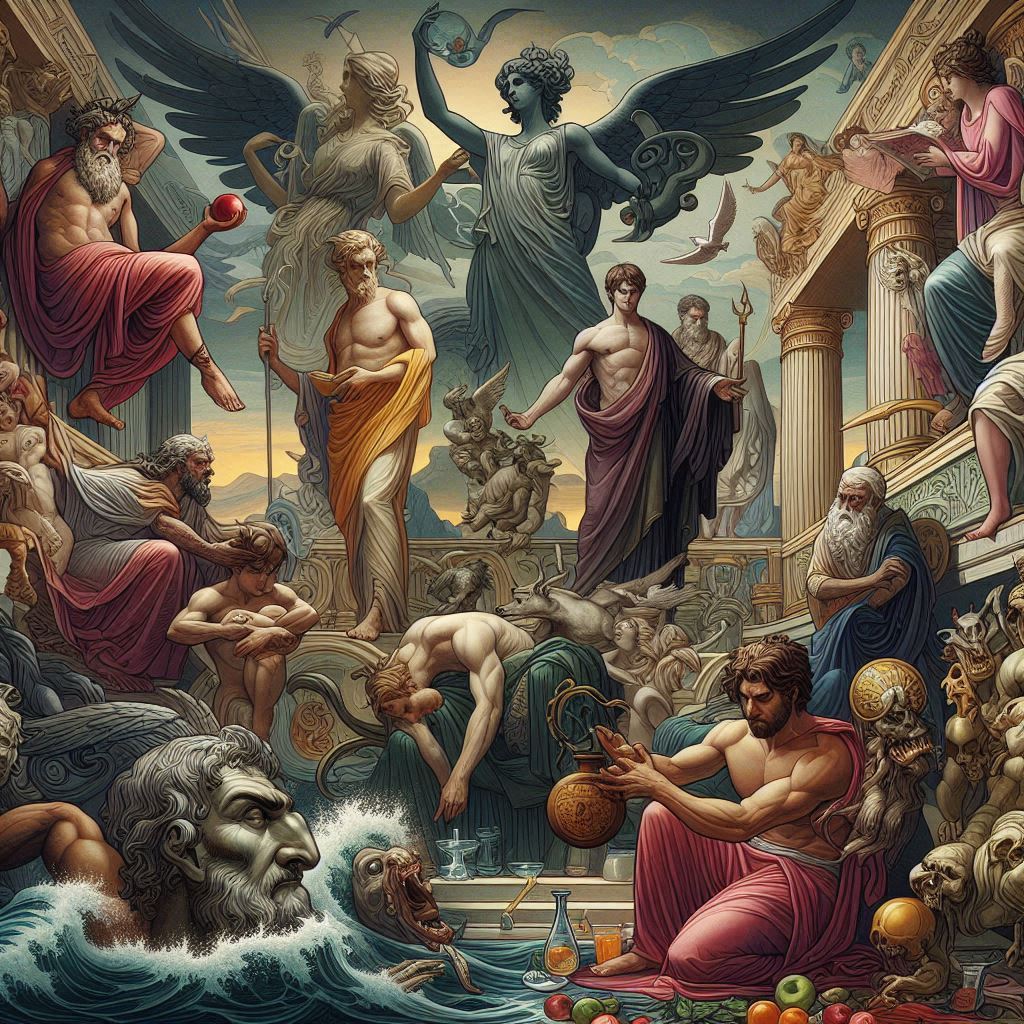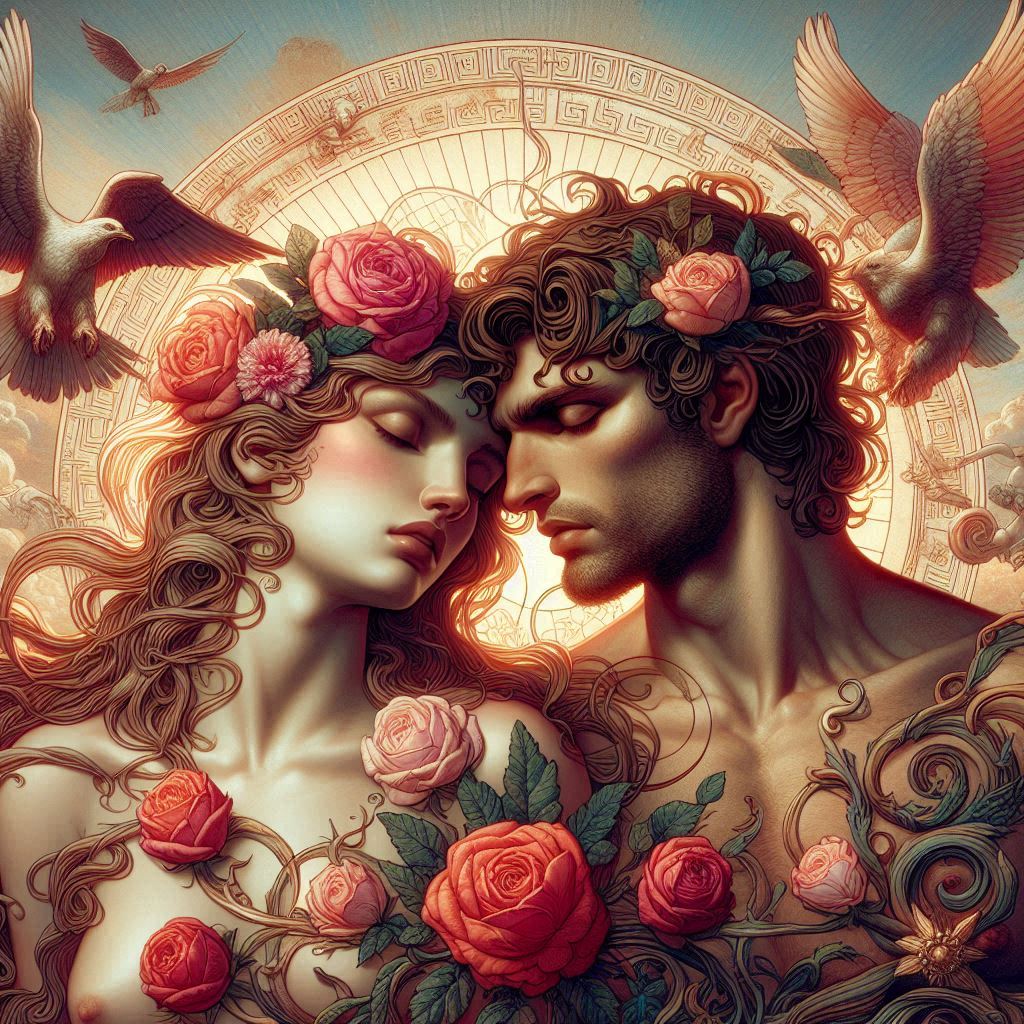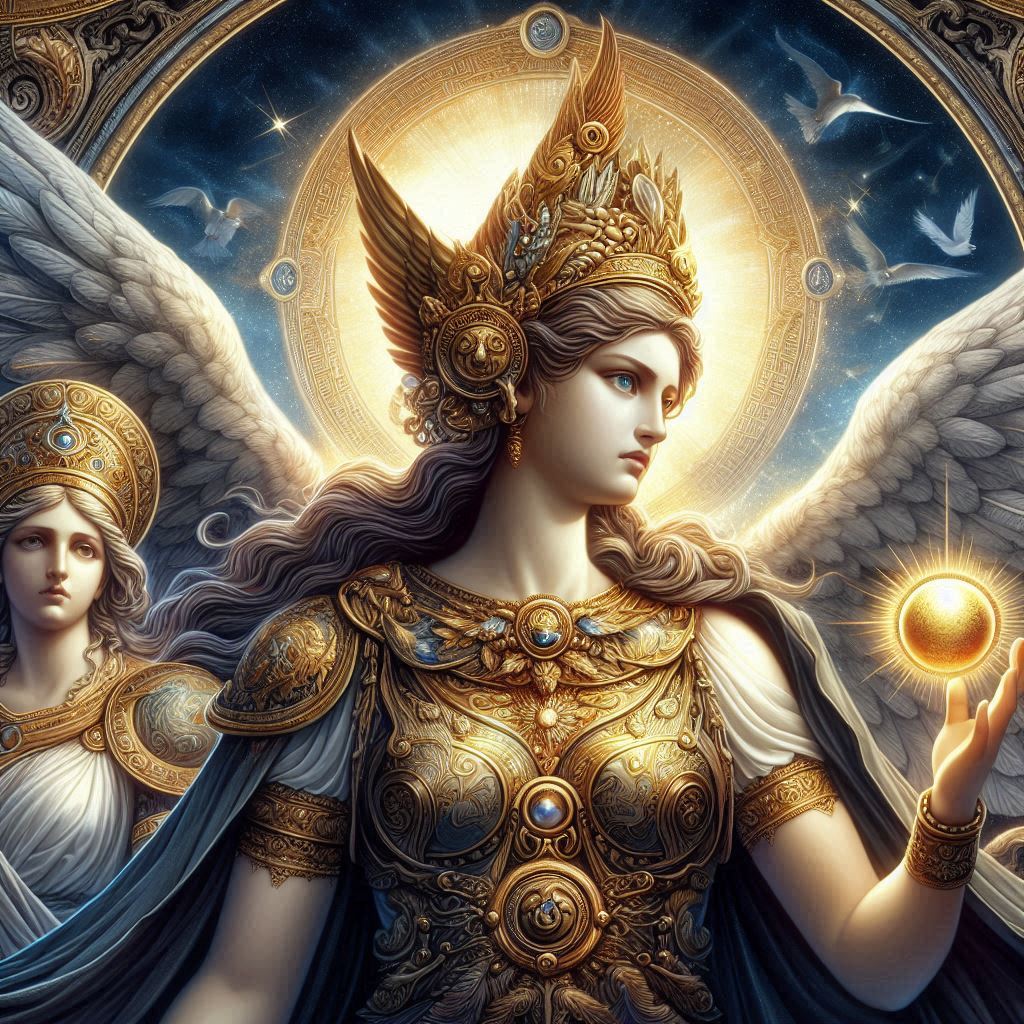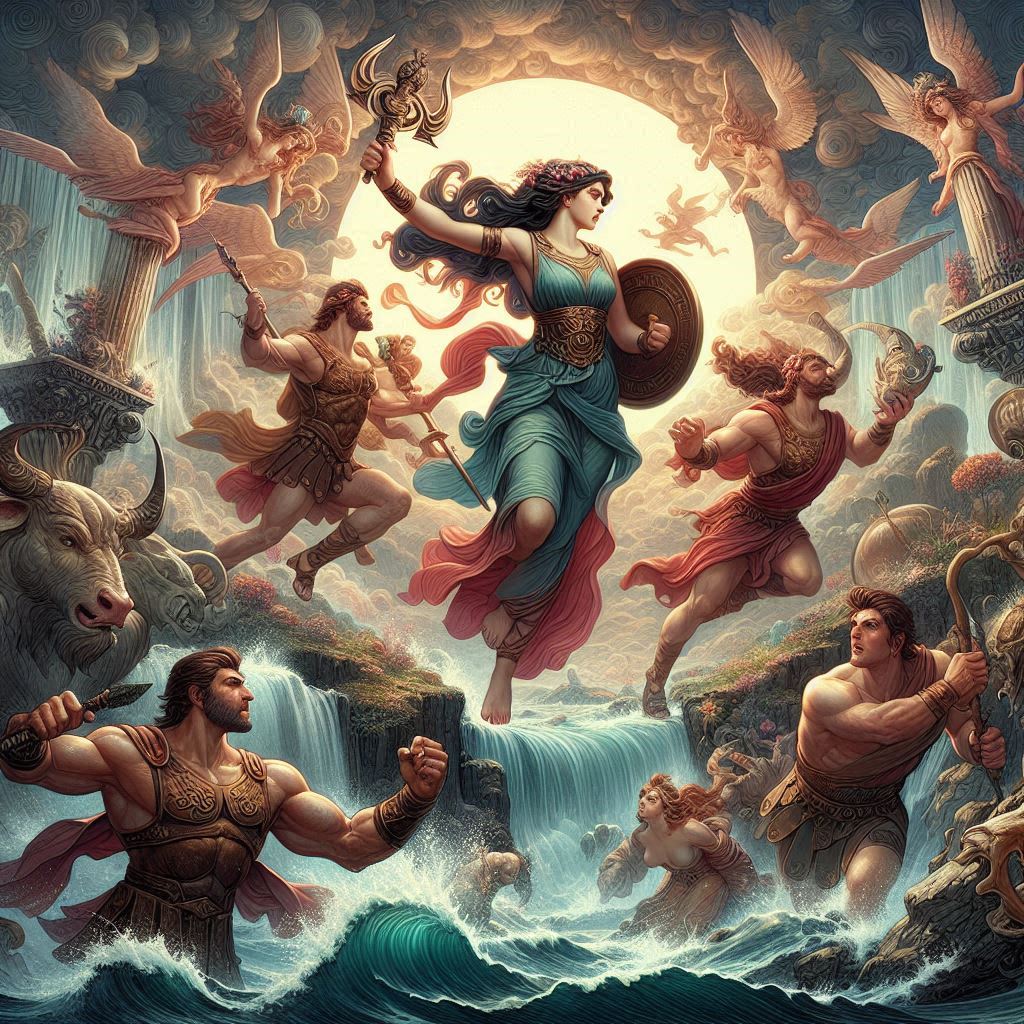The daily life of the inhabitants of ancient Rome, a civilization that spanned over a millennium, offers a fascinating glimpse into the routines, customs, and societal structures that shaped their existence. From the bustling streets of the capital city to the tranquility of rural villas, the lives of Romans were influenced by their social status, family roles, religious beliefs, and the myriad cultural, economic, and political facets of the Roman world.
Social Structure
At the heart of Roman society was a complex social structure that determined individuals’ roles, privileges, and interactions. The Roman Republic, established in 509 BCE, initially featured a class divide between patricians, the aristocratic class, and plebeians, the common citizens. Over time, this evolved into a more nuanced hierarchy with distinct classes.
At the top were the senatorial and equestrian classes, comprising the wealthy elite. Senators held political power and were often large landowners, while the equestrians were involved in business and commerce. The vast majority of the population fell into the plebeian class, which included everyone from merchants and craftsmen to laborers. Slaves, constituting a substantial portion of the population, occupied the lowest rung of the social ladder.
The social hierarchy was reflected in various aspects of daily life, including housing, clothing, and access to education. Opportunities and privileges were largely determined by one’s social standing, contributing to the stark disparities in Roman society.
Family Life
Family played a central role in Roman culture, serving as the cornerstone of societal stability. The typical Roman household, or “domus,” consisted of the paterfamilias (head of the family), his wife, children, and sometimes extended relatives. The paterfamilias wielded significant authority over the family, possessing the power of life and death over its members.
Marriage was not only a personal choice but a societal duty. It was expected that Romans marry and produce offspring to ensure the continuation of the family line and inheritance. Divorce was allowed but relatively rare. Roman families valued education, and children received instruction in reading, writing, and basic arithmetic. The education of boys often extended to more advanced studies in literature, philosophy, and rhetoric.
The household often included slaves, who were integral to daily life. Slaves performed various tasks, from domestic chores to agricultural work, freeing the family members to focus on other activities.
Housing
Roman housing varied widely based on social status. The elite class lived in opulent villas, sprawling estates with courtyards, gardens, and numerous rooms. These villas often served as symbols of wealth and status, showcasing the owner’s success.
The middle class occupied more modest homes, known as “insulae.” These were multi-story apartment buildings found in urban centers. Insulae were characterized by cramped living quarters, and the lower floors were more desirable due to the absence of stairs.
The poorest citizens lived in crowded and unsanitary conditions in the lower levels of insulae. These individuals often faced challenges related to hygiene and privacy, emphasizing the stark disparities in Roman society.
Clothing
Roman clothing reflected not only fashion but also social status and citizenship. The toga, a draped garment, was a symbol of Roman citizenship and was worn by freeborn males. Senators and other officials wore togas with purple stripes to signify their status. The “stola” was the equivalent garment for women.
In everyday life, however, the toga was impractical, and Romans commonly wore a tunic, a simple garment made of wool or linen, secured with a belt. The color and quality of the fabric varied based on social standing. Slaves typically wore simpler attire, emphasizing the visual markers of social hierarchy through clothing.
Food and Dining
The Roman diet was diverse and influenced by the empire’s vast geographical reach. A typical meal included grains, vegetables, fruits, and legumes. Bread, often made from wheat, was a staple food. The quality of bread varied based on social class, with the wealthy enjoying finer, more refined varieties.
Wealthy Romans indulged in a more extravagant diet, including meat, fish, and exotic spices. Dining was a social event, and Romans reclined on couches to eat. The triclinium, a dining room with three couches arranged around a table, became a symbol of conviviality. Banquets were elaborate affairs, featuring multiple courses and entertainment such as music and dancing. Wine, diluted with water, was a common accompaniment to meals.
Entertainment
Romans had a profound appreciation for entertainment and leisure activities. The Colosseum, a colossal amphitheater, was a focal point for public spectacles. Gladiatorial contests, animal hunts, and mock sea battles were staged to captivate the masses. The Circus Maximus hosted chariot races, drawing enormous crowds to witness the thrilling competitions.
Theaters showcased plays and other performances, often inspired by Greek drama. Playwrights like Plautus and Terence gained popularity for their comedic works. The Roman amphitheaters and theaters became venues for cultural expression and public engagement.
Public baths, such as the Baths of Caracalla, played a significant role in Roman social life. These expansive complexes offered facilities for bathing, exercise, and socializing. Romans saw bathing not only as a means of personal hygiene but also as a communal activity.
Education
Education in ancient Rome was primarily accessible to the elite. Wealthy families hired private tutors to educate their children. Boys received a classical education, studying literature, philosophy, rhetoric, and mathematics. Girls, although not encouraged to pursue formal education, were taught essential domestic skills by their mothers or female slaves.
The disparity in educational opportunities contributed to the perpetuation of social hierarchies. The elite had access to the knowledge that shaped political, cultural, and intellectual discourse, while the majority of the population had more limited educational prospects.
Religion
Religion permeated every aspect of Roman life. The Romans worshiped a vast pantheon of gods and goddesses, with each deity presiding over specific domains. Jupiter, Mars, Venus, and Minerva were among the most revered. In addition to major deities, households had their own protective spirits, such as the Lares and Penates, to whom they offered regular prayers and sacrifices.
The Roman calendar was punctuated with religious festivals, celebrating everything from agricultural cycles to historical events. Saturnalia, a winter solstice festival, was particularly popular. During this time, social norms were temporarily relaxed, and gift-giving and festive activities were widespread.
Commerce and Trade
Commerce and trade were integral to the Roman economy. Markets, such as Trajan’s Market in Rome, were bustling centers of activity. Traders offered a wide array of goods, from food and clothing to luxury items and exotic imports. The Roman Empire’s extensive road network facilitated trade, allowing goods to move efficiently across vast distances.
Slavery played a crucial role in the Roman economy. Slaves were employed in various sectors, including agriculture, mining, and domestic service. The labor of slaves contributed significantly to the prosperity of the elite, enabling them to lead lives of luxury and leisure.
Infrastructure
The Romans were renowned for their engineering prowess, and this was evident in their impressive infrastructure. Aqueducts, such as the Pont du Gard in Gaul, transported water to urban centers, ensuring a stable water supply for drinking, bathing, and other activities. The Roman sewer system, exemplified by the Cloaca Maxima, played a crucial role in maintaining sanitation in the city of Rome. Roads, such as the famous Appian Way, facilitated communication, trade, and the movement of armies across the vast Roman Empire.
Monumental structures, often commissioned by emperors, showcased the Romans’ architectural and engineering achievements. The Colosseum, an iconic amphitheater, symbolized the grandeur of Roman entertainment. The Pantheon, with its impressive dome, stood as a testament to Roman engineering ingenuity. The construction of these structures not only served practical purposes but also contributed to the visual identity of the city.
Decline and Legacy
The decline of the Roman Empire unfolded over centuries, marked by economic challenges, military conflicts, and internal strife. The Roman Republic transitioned into the Roman Empire, with Augustus becoming the first emperor in 27 BCE. Despite periods of stability and prosperity, the empire faced persistent challenges that eventually led to its fragmentation.
In 476 CE, the Western Roman Empire succumbed to Germanic invasions, marking the traditional date for the fall of Rome. The Eastern Roman Empire, also known as the Byzantine Empire, continued for nearly a millennium until the fall of Constantinople in 1453.
The legacy of ancient Rome is enduring and pervasive. Roman law, codified in works like the “Justinian Code,” laid the foundation for legal systems in many modern societies. The Latin language, spoken by the Romans, evolved into the Romance languages and significantly influenced the development of the scientific and medical terminology.
Roman architecture and engineering, exemplified by structures like the Colosseum and aqueducts, continue to inspire awe and admiration. The concept of citizenship, as developed by the Romans, has influenced political thought throughout history. The Roman Republic, with its checks and balances, has served as a model for various democratic systems.
The spread of Christianity, initially a persecuted religious minority in the Roman Empire, eventually became the dominant faith in the Western world. The Roman Catholic Church emerged as a powerful institution, inheriting and adapting elements of Roman administrative structures.
Roman literature, philosophy, and art have left an indelible mark on Western culture. The works of poets like Virgil, philosophers like Seneca, and the enduring wisdom of figures like Cicero continue to be studied and celebrated. Roman art, from frescoes in Pompeii to statues depicting emperors, provides insights into the aesthetic sensibilities of the time.
